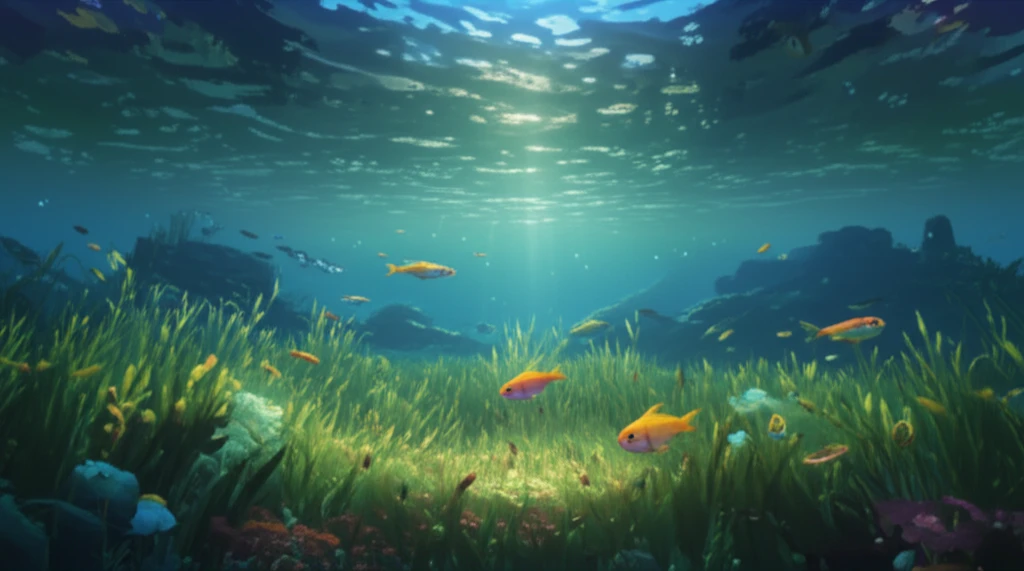
Seagrass Sanctuaries: Why Coastal Meadows Are Vital for Marine Life
"Explore the critical role of seagrass beds in coastal ecosystems, emphasizing their function as nurseries for fish and the urgent need for conservation."
Seagrass beds are vibrant underwater meadows that serve as critical habitats for a diverse range of marine life. Functioning as nurseries, they offer young fish shelter from predators, reduce competition for resources, and ensure a steady food supply. This makes them essential for maintaining connectivity within various ecosystems, linking mangroves, coral reefs, and open waters.
A recent study focused on the ichthyofauna—or fish population—associated with seagrass beds in the Formoso River estuary in Pernambuco, Brazil, highlights the importance of these habitats. The research, conducted during the winter of 2008, assessed the community structure of fish within these seagrass ecosystems, revealing vital insights into their ecological roles.
Understanding the biodiversity and ecological functions of seagrass beds is crucial for effective conservation. As these areas face increasing threats from human activities and environmental changes, recognizing their significance is the first step toward implementing protective measures.
What Makes Seagrass Beds Essential for Marine Ecosystems?

The study in the Formoso River estuary utilized manual trawls to capture and analyze the fish species present in the seagrass beds. Over a period of twenty-seven trawls, researchers identified a total of 358 fish, representing 25 different species, 21 genera, and 18 families. This diversity underscores the vital role these habitats play in supporting a wide array of marine organisms.
- Scaridae: Parrotfish were the most abundant family with 111 individuals.
- Tetraodontidae: Pufferfish were also prominent with 63 individuals.
- Lutjanidae: Snappers, another significant group, numbered 56 individuals.
- Mullidae: Goatfish were represented by 39 individuals.
- Engraulidae: Anchovies contributed 19 individuals to the total count.
Why Protecting Seagrass Matters
The study reinforces the critical need for conservation measures to protect seagrass beds from human impacts. These underwater meadows are essential for a multitude of marine species, offering refuge, reducing competition, and providing ample food resources. Conserving seagrass beds is not just about protecting a single habitat, but also about maintaining the ecological balance and connectivity of entire coastal ecosystems.
